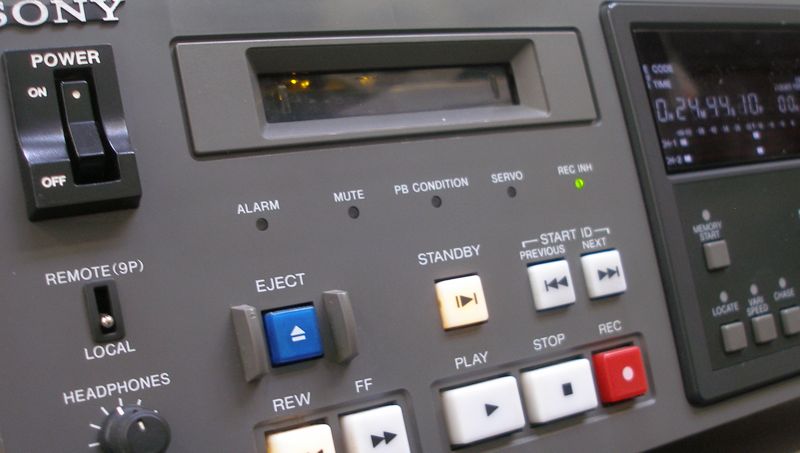
Yet again bad capacitors have reared their electrolytic fluid! This time in a Grundig Video 2000 video tape player, or V2000.
Pictured above is a X2 mains film cap in the power supply of the video machine, made by Frako. This brand of capacitors are German and used in many Studer audio tape machines too which commonly have similar smoking fun such as the B67 and sometimes the A80.
A nice satisfying repair though – all Frako film and electrolytic capacitors were desoldered and replaced with 105 degrees rated Panasonics. The circuit boards on these type of machines are also well made with thick tracks so there’s little risk of lifting solder pads with this type of repair.
Other than their ageing capacitors and some dry solder joint problems these Grundig machines are excellent although as with many older domestic formats the important proprietory spares like the V2000 upper head drums are very rare new now so keeping these machines running will get harder and more expensive over time.
It’s a good idea to digitise and transfer any video recordings on formats like Video 2000 to file based digital formats or at the very least DVD sooner rather than later.



